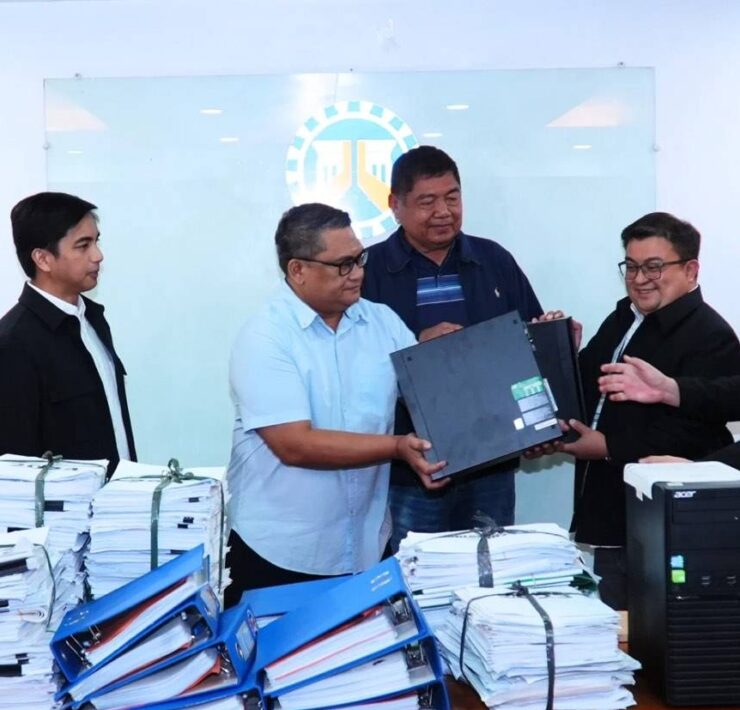Food stamps for poor families

Last week, the Department of Social Welfare and Development (DSWD) simultaneously launched the full rollout of its “Walang Gutom (no hunger) 2027: Food Provision through Strategic Transfer and Alternative Measures Program (Food Stamp)” in 10 provinces.
The program aims to reduce the incidence of malnutrition and hunger in low-income households or those earning below P8,000 per month.
Citing data from the Philippine Statistics Authority, the DSWD said some 1.4 million households in the country may be considered food-poor, and that the food threshold today for a family of five is P9,550 per month. Thus, to be considered food poor nowadays is to have a meal worth below P21, or a budget of just P63.67 for a full day’s meal.
The food subsidy would be given by way of an electronic transfer card that would be loaded monthly with P3,000 worth of food credits that can be used to buy high-nutrition food items from the DSWD’s partner merchants.
The food stamps cannot be used to purchase so-called sin products, such as liquor and cigarettes.
‘Not a dole-out program’
The DSWD stressed that this program is “not a dole-out program” because its beneficiaries have to meet two conditions to be able to continue to receive its benefits.
First, they have to attend nutrition education sessions once a month to foster positive behavioral change while learning to prepare healthy meals.
Second, they must participate in employment promotion activities at government job fairs or classes conducted by the Technical Education and Skills Development Authority.
This year, around 300,000 households have been targeted to receive the monthly stipend. The DSWD expressed the hope that by 2027, the program would be able to reach as many as one million food-poor families.
The DSWD’s latest effort to help the poorest of the poor in our society to cope with the demands of daily life is patterned after a program the United States government had initiated in the 1930s for low- and no income American families and which continues to be in place up to the present.
Partisan considerations
The amount of benefits that households can receive depends on their size, income, and expenses.
For decades, stamps or coupons in various denominations bound into booklets were used to exchange for specific food items. To cut printing costs and for ease of monitoring, that scheme was later changed in the 1990s to electronic money transfers.
The program has been marred by reports of, among others, fraud in distribution, misuse, and of encouraging its beneficiaries to not do enough to improve their economic condition so they can remain in the program.
To meet the objectives of the DSWD’s food stamp program, it is essential that its implementation would not be tainted by partisan or extraneous considerations that had attended similar assistance programs in the past.
Economic rut
Aware of the political benefits of giving financial or materials handouts to impoverished households, many local government officials may be tempted to hijack this program to make it appear that it was sourced from their own pockets or is being given upon their direction or intercession.
Expect the temptation to grab the credit for the program to get strong these coming days with the midterm elections just less than 10 months away. Although the DSWD has strict rules against allowing local government officials from influencing its aid programs, there would always be some of them who would insist on getting a piece of the action. That’s in their DNA.
No doubt, the two conditions the DSWD had said it would impose for continued receipt of food assistance benefits, i.e., attendance in nutrition education sessions and participation in employment promotion activities, if properly implemented, may help get their beneficiaries come out of their economic rut.
Getting them to be physically present or to participate in those activities would be easy, but whether or not they would listen intently and take to heart the lessons from them is a big question mark.
Moral hazard
Then there is the danger of moral hazard, or the beneficiaries feeling entitled to the food subsidy and keeping to their financial condition so they can continue to benefit from it.
Why make an effort to look for employment or engage in livelihood activities when P3,000 worth of food would come from the government every month without a sweat?
The challenge to the DSWD is to disabuse the beneficiaries of a sense of entitlement to the benefits and to impress on them that the program is only a stopgap measure and is not meant to be forever.
The food stamp scheme is long on lofty objectives, but whether they can be achieved, even if only partially, remains to be seen.
We wish the DSWD all the best in this endeavor.





















